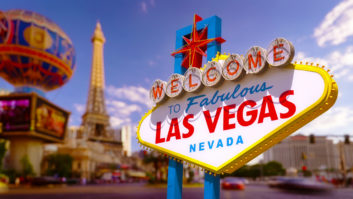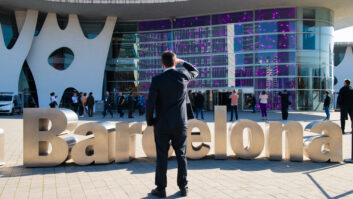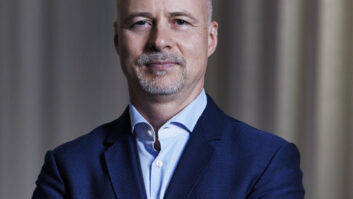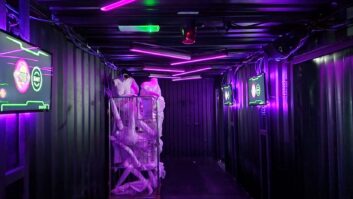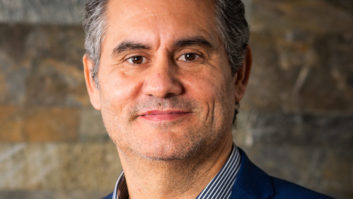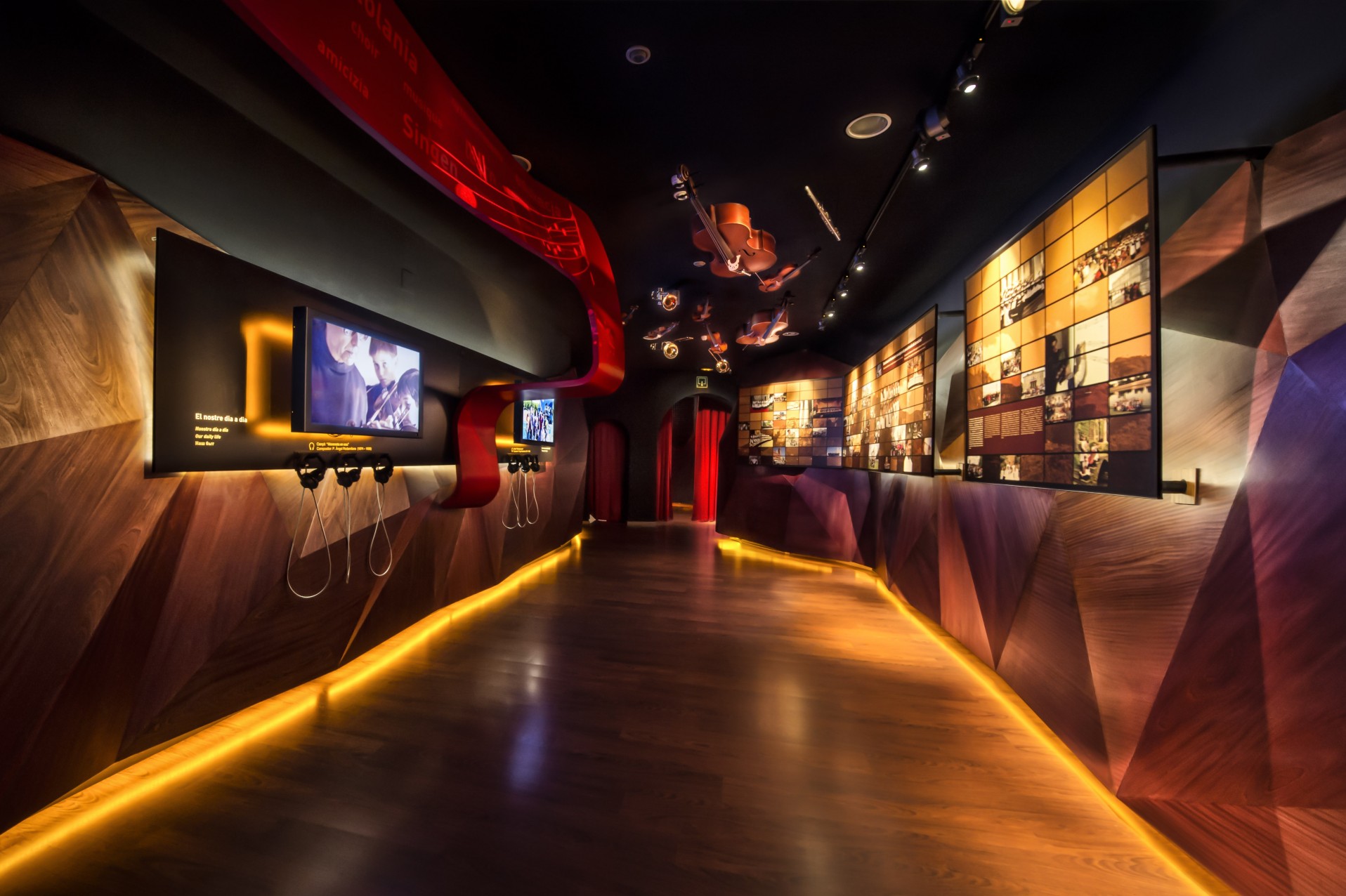
Theme parks, visitor attractions, museums and so on are in the business of creating extraordinary experiences – and technology has a role in delivering them. But what’s driving innovation in the show control industry? Ian McMurray finds out.
Here’s an interesting thing. Google ‘What drives innovation?’ There are, it seems, a number of factors. Risk-taking. Failure. Diversity. Competition. Inspiration. It takes a while before you come across the suggestion that customer needs drive innovation. That’s always been a conundrum in the technology industry: do we want things before manufacturers create them for us – or is it only when we see the new, bright, shiny object that we realise we want it?
“For Alcorn McBride, it is 100% customer-driven,” according to the company’s director of sales, Scott Harkless. “We make it a high priority to stay current on the latest technologies so that we can include them in the solutions our customers ask for, but our customers drive our development path. Sometimes they directly communicate their needs and other times we realise the needs by observing how they use our systems in real-world applications. Either way, the inspiration comes from them.”
Tobias Stumpfl, commercial director at AV Stumpfl, agrees. “Show control is definitely a market which is driven by visionary customers and a strong aim for reproduction of successful applications,” he says. “Technology development is based on market requirements.”
“The starting point of a project is the request of a customer,” echoes Henry Corrado, founder of Tejix. “Creative people turn it into an attraction concept. While we communicate with clients and artistic directors about new technologies, a show only based on new technology is unlikely to have a long life expectancy.”
What’s possible?
And there’s the conundrum – the ‘chicken or egg’ question. Customers may know what they’d like to achieve for their show – but that requirement almost certainly needs to be bounded by an appreciation of what’s possible. As such, it’s a valuable service that manufacturers and integrators can provide – to ensure their customers are kept updated.
There is also little doubt that innovations in shows can be driven from ‘the other end’: a customer sees what’s possible, and that shapes the requirement. Fredrik Svahnberg, general manager, project sales division at Dataton, describes a real-world case.
“I think that innovation is driven by creative pioneers,” he says, “although manufacturers and integrators are both fast and proficient at adapting existing technology or possibilities, and providing the solutions. Take projection mapping for instance: at some point, someone had an idea, grabbed a bunch of projectors, and started testing. Years later, the technology is all in place and projection mapping is mainstream. It’s a symbiosis, but you need those pioneers who see the potential before anyone else.”
There is, of course, no right or wrong answer: the reality lies somewhere between the two.
“It’s is a mix of both, actually,” believes Alex Carru, CEO of Medialon. “Designers are very creative and often ask ‘Can you achieve this, or this?’ – but, as a manufacturer, we always come up with new technologies and ideas that we propose to creative people. They will just keep it in mind and one day they’ll have a project where they will use it.”
As Steve Jobs said: “It’s hard for customers to tell you what they want when they’ve never seen anything remotely like it.”
Prosaic reality
It’s not just about the desire of visitor attractions, for example, to create new and exciting experiences – nor about the ability of manufacturers and integrators to innovate. The reality can be more prosaic – such as when new technologies become sufficiently established and reliable that they become affordable and attractive to new classes of customer.
“You no longer have to be a major theme park to control aspects such as lighting on a park-wide basis,” points out David Willrich, managing director of DJ Willrich, “as developments in all aspects of lighting control and the ability to network in a more reliable and cost-effective way have opened up many more opportunities within displays and attractions.
“Without doubt, show control costs have dropped significantly over the years, particularly as show control has become less dependent on custom equipment and more dependent on computers running proprietary show control software,” he goes on. “This means that there is a greater use of show control in general, particularly in museums where more can be done in terms of general programming to improve overall visitor flow and experience, rather than leaving everything to local triggers such as PIR detectors. Lighting and sound can be programmed in a much more sympathetic and exciting way to deliver more immersive and informative experiences.”
Carru sees a similar evolution. “In museums and, to a lesser extent, in theme parks also, we see the show control system being connected to RFID for mass customisation and collecting data to provide information about the way visitors are acting and responding, which exhibits are successful and so on,” he says. “Increasingly, it’s being connected to the ticketing system and to sensors to organise the flow of visitors, and it’s being interfaced with the museum website where visitors can customise their experience. The show control system is becoming a kind of meta controller aiming at making the visitor experience better. ‘Everything over IP’ is enabling this.”
www.alcorn.com
www.avstumpfl.com
www.medialon.com
www.djwillrich.com
